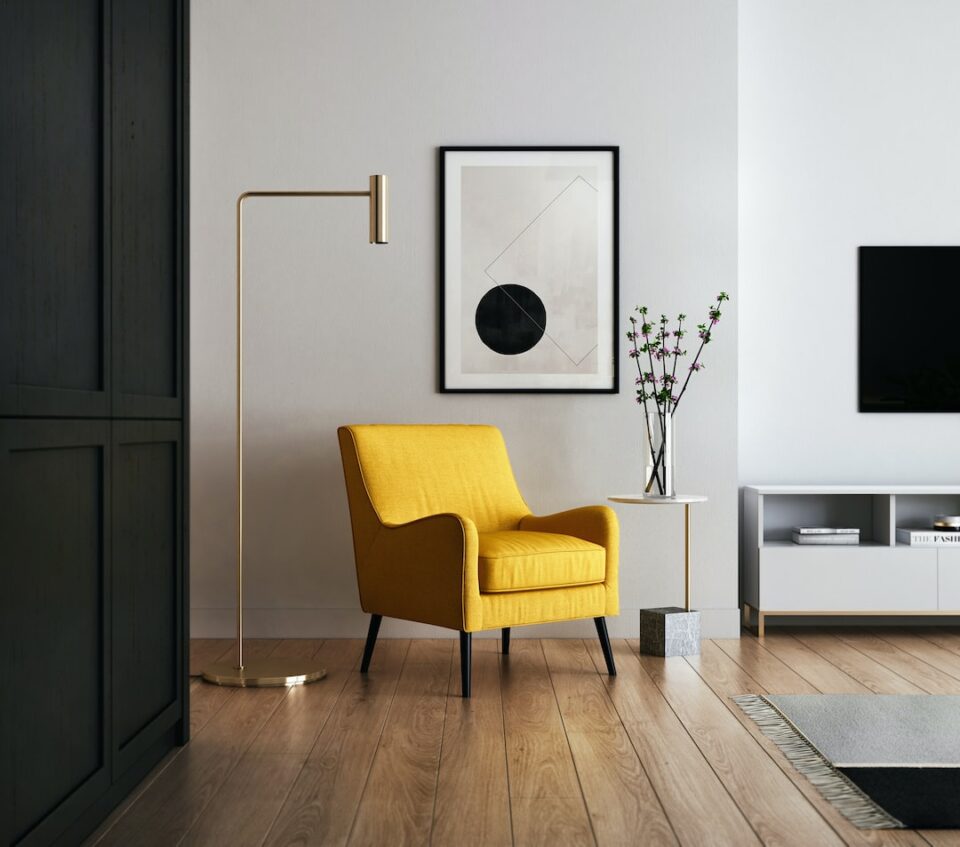The Psychology of Furniture: How It Affects Our Mood
Furniture is an essential part of our lives. We interact with it every day, whether at home, at work, or in public spaces. It serves practical purposes, such as providing us with a place to sit or sleep, but it also has a profound impact on our mood and well-being. In this blog post, we will explore the fascinating psychology behind furniture and how it can affect our emotions.
Color psychology plays a significant role in how furniture influences our mood. Different colors evoke different emotions and can create varying atmospheres in a room. For example, warm colors like red and orange are known to stimulate energy and excitement. They can be perfect for spaces where people socialize or exercise. On the other hand, cool colors like blue and green have a calming effect and can promote relaxation and tranquility. These colors are often used in bedrooms and spaces where people go to unwind. By carefully choosing the color of our furniture, we can create the desired mood and ambiance in our environment.
Another aspect of furniture psychology is the shape and design. Studies have shown that curved and organic shapes can promote feelings of comfort and well-being. These shapes mimic the natural world and can create a sense of harmony in our surroundings. In contrast, square and angular furniture can create a more formal and structured atmosphere. This type of furniture is often associated with productivity and concentration, which makes it suitable for office spaces or study areas. The shape and design of furniture can significantly impact our perception of a space and our emotional state within it.
The size and scale of furniture also have psychological implications. Oversized furniture can create a feeling of coziness and security, especially when combined with soft and plush materials. These types of furniture are commonly found in living rooms and lounges, where people gather to relax and unwind. On the other hand, furniture with clean lines and minimalistic design can make a space feel more open and airy. Such furniture is often used in contemporary interiors where simplicity and spaciousness are valued. The size and scale of furniture can affect how we perceive a space, influencing our mood and behavior accordingly.
Another factor to consider is the functionality of furniture. Furniture that is designed to meet our specific needs can greatly enhance our well-being. For example, ergonomic chairs promote good posture, reducing the risk of back pain and discomfort. A well-designed workspace with adequate storage solutions can improve productivity and streamline our workflow. Furniture that offers versatility and adaptability can also have positive psychological effects. Being able to adjust or transform our furniture according to our needs and preferences allows us to create a sense of control and personalization in our environment.
Lastly, the materials used in furniture can have a significant impact on our emotional state. Natural materials like wood and leather often evoke a sense of warmth and connection to nature. These materials have a timeless appeal and can create a comforting atmosphere in a space. In contrast, synthetic materials like plastic and metal can create a more modern and industrial feel. The choice of materials in furniture can influence our perception of a space and our emotional attachment to it.
In conclusion, the psychology of furniture goes far beyond its practical function. The color, shape, size, functionality, and materials of furniture all play a role in influencing our mood and well-being. By considering these psychological factors when choosing furniture for our homes, offices, or public spaces, we can create environments that enhance our emotions, promote relaxation, foster productivity, and ultimately improve our overall quality of life.

